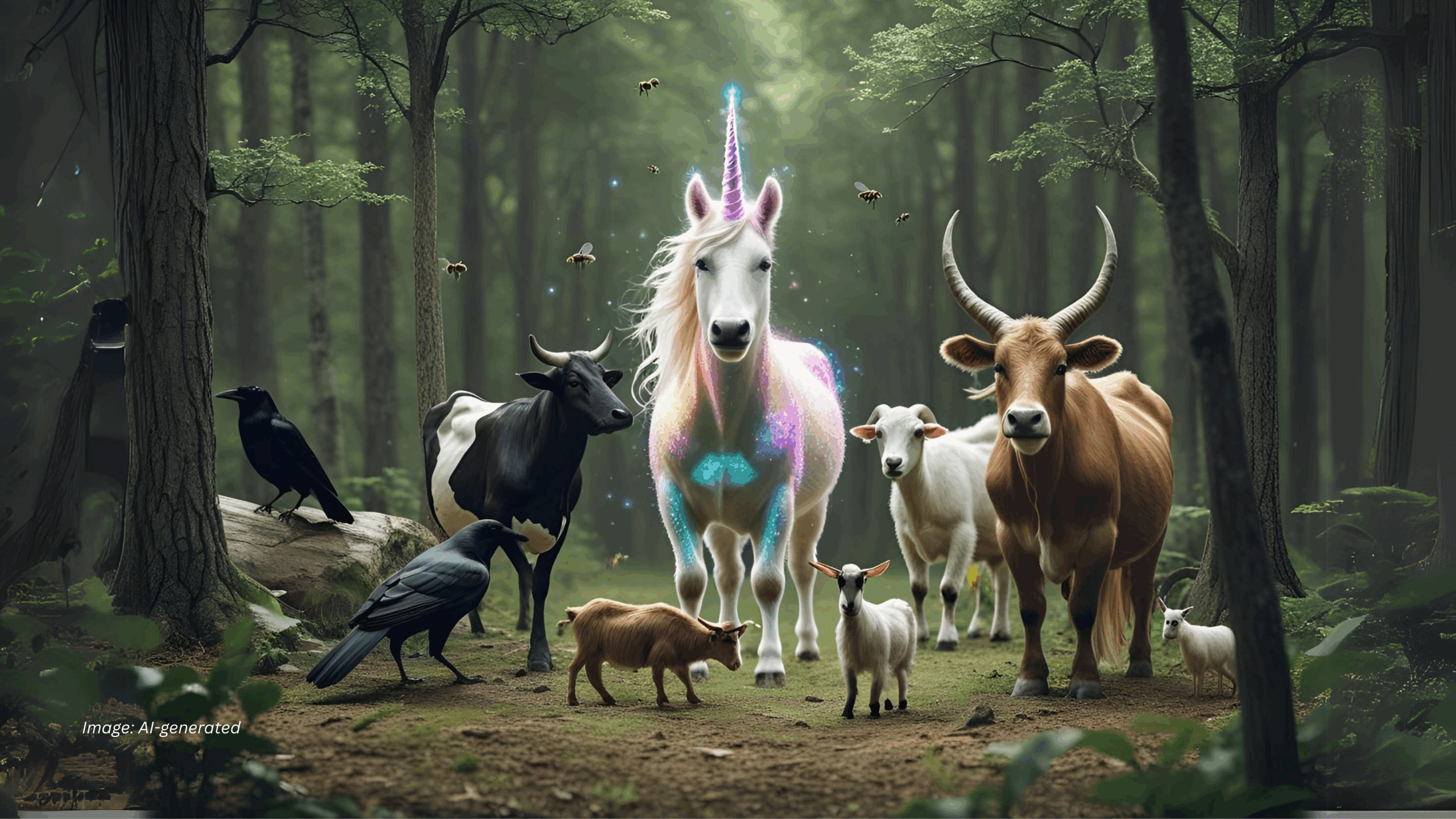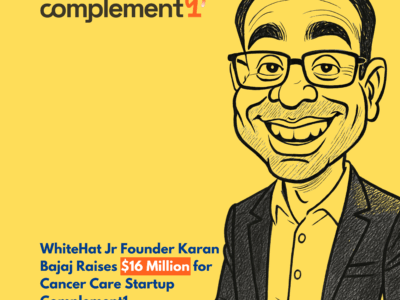
India proudly claims a population of 1.4 billion people, numbers that dazzle venture capitalists from Mumbai to Menlo Park. The narrative of India’s “massive middle class” is presented as an undeniable truth, eagerly consumed by entrepreneurs and investors.
But beneath the celebratory noise, the numbers paint a starkly different picture.
Urban Company’s recent IPO filing clearly illustrates this harsh reality. Approximately 86% of their domestic revenue is concentrated in a few major cities, primarily the top eight metros. Analysing these figures closely, we find the genuine consumer base for premium, convenience-focused services (the sort every startup bro, his uncle, and his dog is building) is limited to around 12–15 million non-slum urban families. This was calculated from the non-slum populations of India’s major urban centres, approximately 48–60 million individuals, divided by an average urban household size of four.
Considering India’s disposable personal income in 2025 is projected to reach approximately ₹313.87 trillion (US$3.78 trillion), one might be led to believe in the scale of a vast, eager consumer base. But this surface-level abundance conceals a deeper, structural imbalance.
According to the World Inequality Report 2022, the top 10% of India’s population accounts for nearly 57% of national income, while the bottom 50% receives just 13%. This concentration of wealth has only worsened in recent years, as highlighted by RBI commentary on increasing consumption inequality and the fiscal marginalisation of the informal sector.
Spending patterns reflect this gap. As per the latest HCES 2022–23 report, the average Monthly Per Capita Consumption Expenditure (MPCE) is ₹6,521 in urban India and ₹3,860 in rural India. Even essential categories such as food, housing, and transport dominate these budgets, leaving little room for discretionary services.
The Press Information Bureau, a government agency, may celebrate rising aggregate numbers, and optimistic headlines may talk up India as the world’s fourth-largest economy, but as The Wire sharply observes, it is also one of the most deeply divided.
What this means for startups, venture capital, and product strategy is clear: the much-touted Indian market is not 1.4 billion strong. It is, in truth, a small and shrinking enclave of affluence. A bubble, mistaken for the nation.
To put this clearly: from a purported billion-plus consumer base, perhaps only about 50 million individuals genuinely constitute India’s “middle class.” At an urban family size of four, that’s roughly 12 million households, less than 5% of India’s vast population.
Contrast this with global benchmarks:
~ USA: Of approximately 330 million people, nearly 51% form a solid middle class.
~ China: From 1.4 billion people, about 400–500 million are consistently middle-class, accounting for approximately one-third of their population.
~ India: With 1.4 billion people, barely 50 million, or less than 5%, are realistically middle class, even if some news outlets, not all of them Indian, seem to be breathlessly talking about a billion-strong population of middle-class Indians, which, given the data on income and MPCE that we have, is so much more than merely optimistic that it beggars belief that there are people, otherwise sane, who would think this to be true, and more so, believe that mental callisthenics and arithmetic acrobatics to redefine what it means to be “middle class” can somehow make these delusions true.
This stark numerical truth begs a critical question
Why do ambitious entrepreneurs and investors continue chasing “India-specific” premium markets that fundamentally do not exist in substantial numbers?
The uncomfortable answer lies in a self-contained bubble. The people who fund these companies, the people who found and run them, those who take these firms public, and even the individuals who eagerly purchase their shares, all belong to these same 12–15 million families. This bubble of privilege, encompassing wealth, caste, education, gender, religion, and urban upbringing, distorts their perception, much like fish unaware of the water they inhabit.
Consider who these venture capitalists and entrepreneurs typically are: predominantly urban, upper-caste, and privileged in terms of wealth, religion, gender, and education, often alumni of elite institutions. Their lived experiences rarely extend beyond this confined demographic, reinforcing their biases and misconceptions about India’s broader consumer market. Consequently, their visions of the “total addressable market” (TAM) remain stubbornly anchored to their own limited social circles.
Unless this insulated perspective changes, companies will continue crafting solutions for markets that essentially reflect their own privileged environments. This is not solely a historical failure of governance or policy, though those have played a part in limiting genuine economic inclusivity. We are also witnessing a profound failure within private enterprises, supposedly capitalism’s champions, to genuinely expand the middle-class base. Instead, crony capitalism deepens inequality, ensuring that wealth and opportunities circulate within this narrow group, thereby perpetuating a cycle of economic stagnation for the broader populace.
Perhaps we’ve collectively constructed a convenient myth about India’s supposed middle class, one that evaporates under the harsh scrutiny of hard data and the realities of entrenched privilege. It might be high time we stopped telling ourselves fairy tales of endless markets and confronted our economic reality head-on.
We often speak of unicorns, mythical creatures that venture capitalists romanticise and pitch decks venerate. But perhaps that’s the problem. Unicorns, by definition, do not exist. They dazzle, yes, but they do not deliver. They are symbols of rarity, not resilience. They are admired from a distance, not integrated into the daily grain of real life.
And with all due respect to the tiger, our national animal, fierce, majestic, and vanishing, it too is solitary and endangered. India does not need more rarity. It needs resilience. It needs creatures that can navigate dust, endure heat, and thrive without applause.
In truth, there is no single animal for a country like ours.
Some parts of India need ants, collaborative, persistent, unglamorous, yet relentlessly productive. Others need mountain goats, nimble, hardy, capable of surviving on little in rough terrain and giving back plenty. In some corners, we need crows, those clever, communal, and resourceful birds, unafraid to adapt or innovate. Where the landscape demands it, we need camels, who are slow, yes, but built for long journeys through harsh conditions. And we cannot forget the bees, builders of ecosystems, not just producers of profit, creating value far beyond their individual weight, or even cows, patient, enduring, quietly generative, sustaining both tradition and livelihood without demanding attention. And in corners, out of sight, we need the venture capitalists as spiders: patient architects of invisible networks, spinning strength from fragility, connecting what others overlook.
I know. Sounds dramatic. But for an entire industry that worships unicorns and talks in billions of US$ (mind you, I have never met an Indian entrepreneur whose pitch deck has numbers in INR, for some strange reason) while wearing Crocs and munching on Kurkure in their Saki Naka office, nothing is surreal enough.
On a serious note, and I mean it in every way possible, what India needs is not a mythical rarity, but a real, living, breathing biodiversity of enterprises, plural, local, embedded, and alive to its context. Not the spectacular exception, but the sustainable rule.
India does not need more unicorns. It needs a barnyard. A forest. A herd. A swarm. A possibility that matches its complexity.
That may not make for riveting headlines. But it is how nations are built.

















